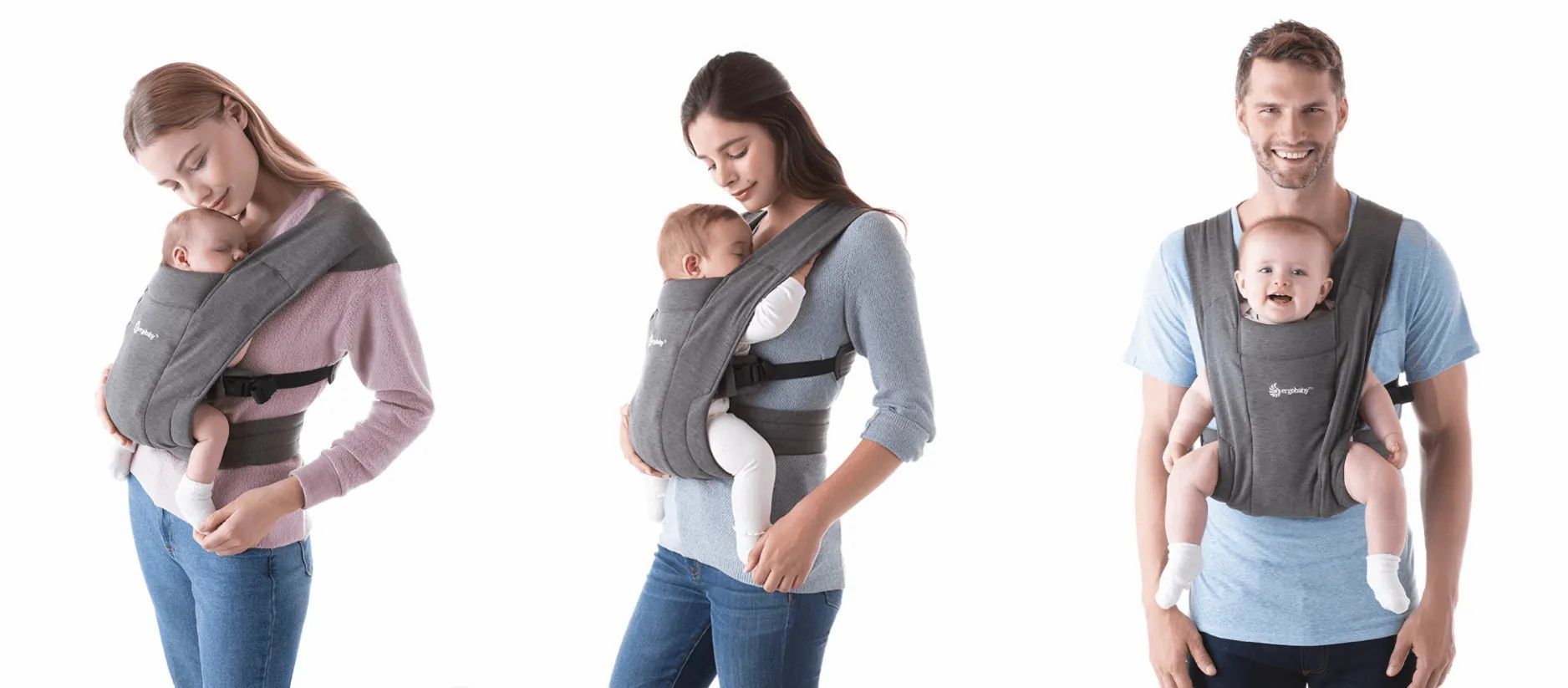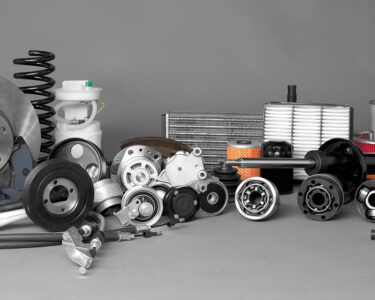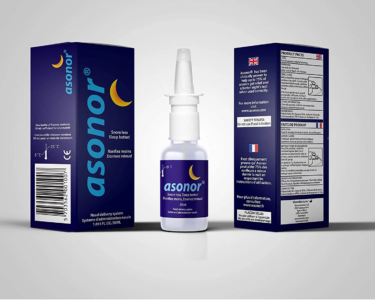Choosing the best baby carrier for comfort is an important decision for any parent. A comfortable baby carrier not only makes your life easier but also ensures your baby is safe and secure. With so many options on the market, it can be overwhelming to find the perfect one. In this comprehensive guide, we’ll walk you through the key features to look for when selecting a baby carrier, explain the differences between various styles, and help you decide which carrier will work best for both you and your baby.
Why Comfort is Essential When Choosing the Best Baby Carriers
When selecting the best baby carriers, comfort should be your top priority. A comfortable baby carrier allows you to carry your child for longer periods without experiencing back or shoulder pain. Additionally, a well-designed carrier ensures that your baby is positioned correctly, reducing the risk of hip dysplasia and promoting healthy spinal development.
Why Comfort Matters for Parents:
Carrying your baby for extended periods can put strain on your body. This is why the best baby carriers feature ergonomic designs that distribute weight evenly across your shoulders and hips. Carriers with padded straps and adjustable waistbands offer additional support, preventing discomfort and fatigue.
Why Comfort Matters for Babies:
For babies, being in a carrier should feel safe and snug, almost like being in the womb. The right carrier will support your baby’s head, neck, and back, while also keeping their legs in the optimal “M” position, where the knees are higher than the hips. This promotes healthy hip development and ensures that your baby is comfortable for long stretches.
Key Features to Look for in the Best Baby Carriers
When you start looking for the best baby carrier for comfort, it’s important to focus on certain features that will make a difference for both you and your baby. Here are some things to consider:
- Ergonomic Design: The most important feature of a baby carrier is its ergonomic design. Carriers that hold your baby in an “M” position are the best choice for ensuring proper hip alignment. This position also supports their spine and promotes healthy growth.
- Padded Shoulder Straps: Carriers with thick, padded shoulder straps can make all the difference in how comfortable you feel. The padding helps to distribute the weight evenly, preventing any digging into your shoulders.
- Adjustable Waistband: An adjustable waistband is another key feature to look for. The best baby carriers come with wide, padded waistbands that take the pressure off your back and shoulders, making it easier to carry your baby for longer periods.
- Breathable Materials: Babies tend to get warm easily, so choosing a carrier made from breathable materials, like cotton or mesh, is essential. These fabrics allow air to circulate, keeping both you and your baby cool and comfortable.
Which Baby Carrier is Best for Newborns?
Newborns require extra support, especially around the head and neck, so it’s important to choose a carrier that provides this. Soft-structured carriers or wraps are often the best baby carriers for newborns because they offer a snug, secure fit while keeping your baby close to your chest.
Wrap Carriers: Wrap carriers are a popular choice for newborns because they offer a high degree of flexibility and closeness. They are made from soft, stretchy fabric that you wrap around your body to create a pouch for your baby. Wraps mimic the closeness of the womb, providing newborns with a sense of security.
Soft-Structured Carriers: These carriers also work well for newborns and often come with inserts for added head and neck support. They are easy to use and adjustable, making them a versatile option as your baby grows.
Best Baby Carriers for Infants and Toddlers
As your baby grows, their needs will change. For infants and toddlers, you’ll want a carrier that offers both support and flexibility. Look for carriers with wide seats that keep your baby’s legs in the proper position, and carriers that are sturdy enough to support their increasing weight.
Infants (3-12 Months): Around this age, your baby will become more active, and their muscles will start to develop. The best baby carriers for this stage are those that offer strong back and neck support while allowing your baby to move their arms and legs freely. Many soft-structured carriers are adjustable and can be adapted as your baby grows, making them ideal for infants.
Toddlers (12+ Months): By the time your child is a toddler, they’ll be much heavier, and you’ll need a carrier that is strong and durable. Look for carriers with reinforced straps and sturdy waistbands to ensure your comfort when carrying a heavier child. Backpack-style carriers are a great option for older toddlers, especially for outdoor activities like hiking.
Front vs. Back Carrying: Which is More Comfortable?
One of the biggest decisions you’ll make when choosing a baby carrier is whether you want to carry your baby on the front or the back. Both options have their advantages, depending on your baby’s age and how long you’ll be carrying them.
Front-Carrying: Front-carrying is the preferred option for newborns and younger infants. It allows you to keep your baby close to your chest, promoting bonding and making breastfeeding easier. Front carriers are also a great way to keep an eye on your baby and respond quickly to their needs.
Back-Carrying: Once your baby can hold their head up on their own (usually around six months), back-carrying becomes a more comfortable option. Back carriers distribute the weight more evenly across your body, reducing strain on your shoulders and back. This is especially useful for longer periods of carrying or for active parents who enjoy hiking or long walks.
How to Ensure Your Baby’s Safety and Comfort
While comfort is key, safety is equally important when selecting the best baby carrier. Here are some safety tips to keep in mind:
- Check for Proper Head and Neck Support: Especially for younger babies, make sure the carrier provides adequate support for the head and neck.
- Ensure Proper Leg Positioning: Your baby’s legs should be in the “M” position, where their knees are higher than their hips. This prevents hip dysplasia and promotes healthy development.
- Adjust the Carrier Regularly: As your baby grows, you’ll need to adjust the straps and waistband to ensure a snug fit. A properly adjusted carrier prevents your baby from slipping or sliding.
How to Choose the Best Baby Carrier for Your Lifestyle
When selecting the best baby carrier, consider your lifestyle and how you plan to use the carrier. If you’re a busy parent who’s always on the go, look for a carrier that is quick and easy to put on. If you enjoy outdoor activities like hiking, you’ll want a more rugged carrier with extra support.
- Daily Use: For daily use, such as running errands or going for walks, a lightweight, soft-structured carrier or wrap is usually the best option. These carriers are easy to put on and take off, making them ideal for busy parents.
- Outdoor Activities: If you plan on using your carrier for more strenuous activities, like hiking, consider a backpack-style carrier with reinforced straps and extra padding for comfort during longer outings.
Conclusion
Choosing the best baby carrier for comfort requires careful consideration of both your needs and your baby’s. By focusing on features like ergonomic design, adjustable straps, and proper support, you can find a carrier that makes baby-wearing enjoyable and safe. Whether you prefer front or back carrying, wraps, or structured carriers, the right choice will keep both you and your baby comfortable, happy, and close for all your adventures.
Here is the more blogs for you.







